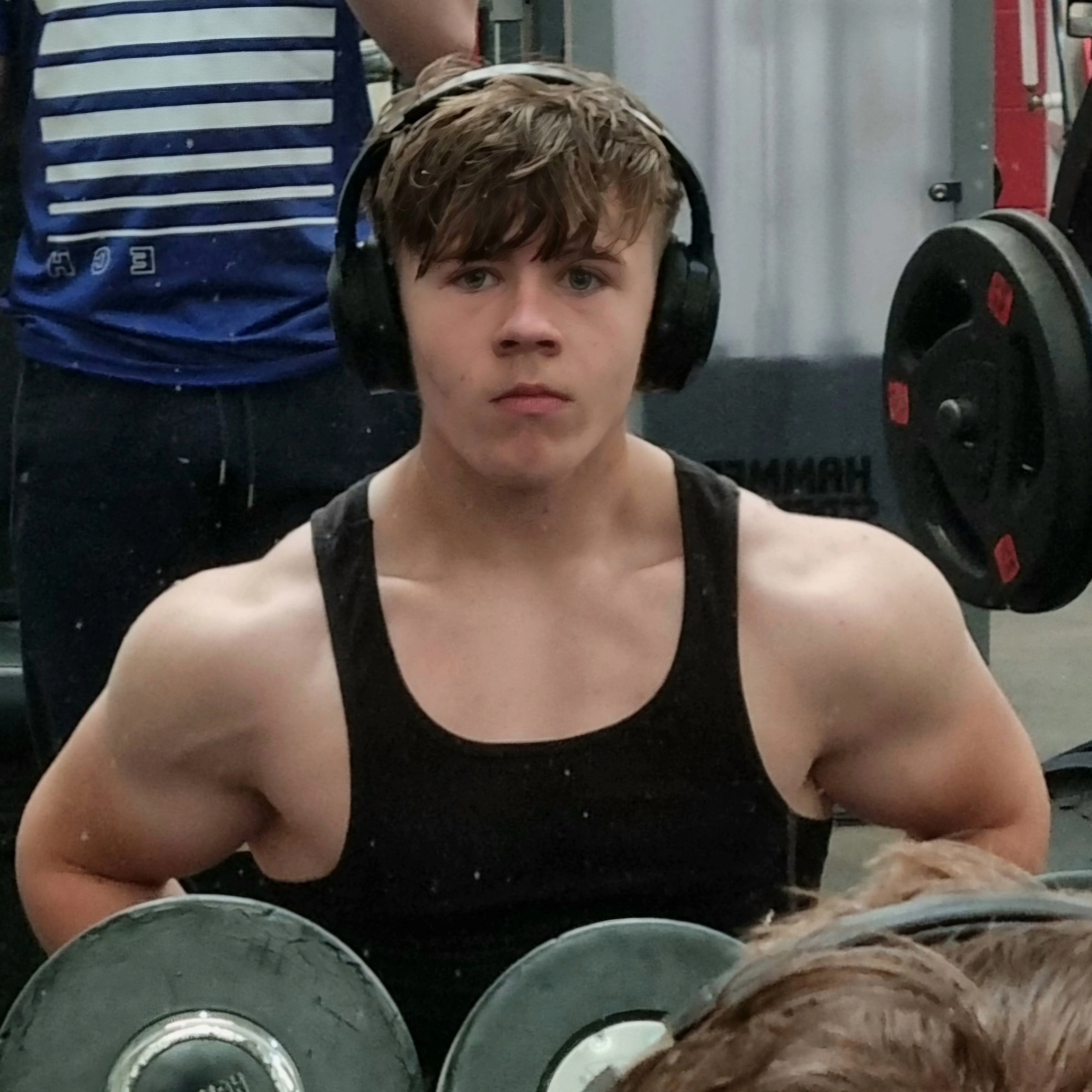Paper 1
Cards (127)
- What topics are covered in AQA GCC chemistry paper 1?
- What is a compound?
- What is the chemical formula for water?
- How many hydrogen atoms are in one water molecule?
- What does it mean if there's no number after a symbol in a chemical formula?
- Why must chemical equations be balanced?
- What is the first step in balancing a chemical equation?
- How do you balance hydrogen atoms in a reaction?
- What is a mixture?
- How can you separate sand from water?
- What is crystallization used for?
- What is distillation?
- What is fractional distillation?
- What are the three main states of matter?
- How do particles behave in a solid?
- What happens to water when it evaporates?
- What must be supplied to melt or evaporate a substance?
- What do state symbols indicate in chemical equations?
- What does the symbol 's' represent?
- What does the symbol 'l' represent?
- What does the symbol 'g' represent?
- What does the symbol 'aq' represent?
- Who proposed the plum pudding model of the atom?
- What did Rutherford discover about the atom?
- What did Niels Bohr discover about electrons?
- What are protons and neutrons' relative charges?
- What is the relative mass of protons and neutrons?
- What is the atomic number?
- What happens if an atom gains or loses electrons?
- What is the mass number?
- What are isotopes?
- What is relative abundance?
- How is the average relative atomic mass calculated?
- What did Dmitri Mendeleev contribute to the periodic table?
- How are electrons arranged in shells?
- What is the maximum number of electrons in the first shell?
- What is the maximum number of electrons in the second shell?
- What are metals known for in terms of electron behavior?
- What are nonmetals known for in terms of electron behavior?
- What are the alkali metals?
